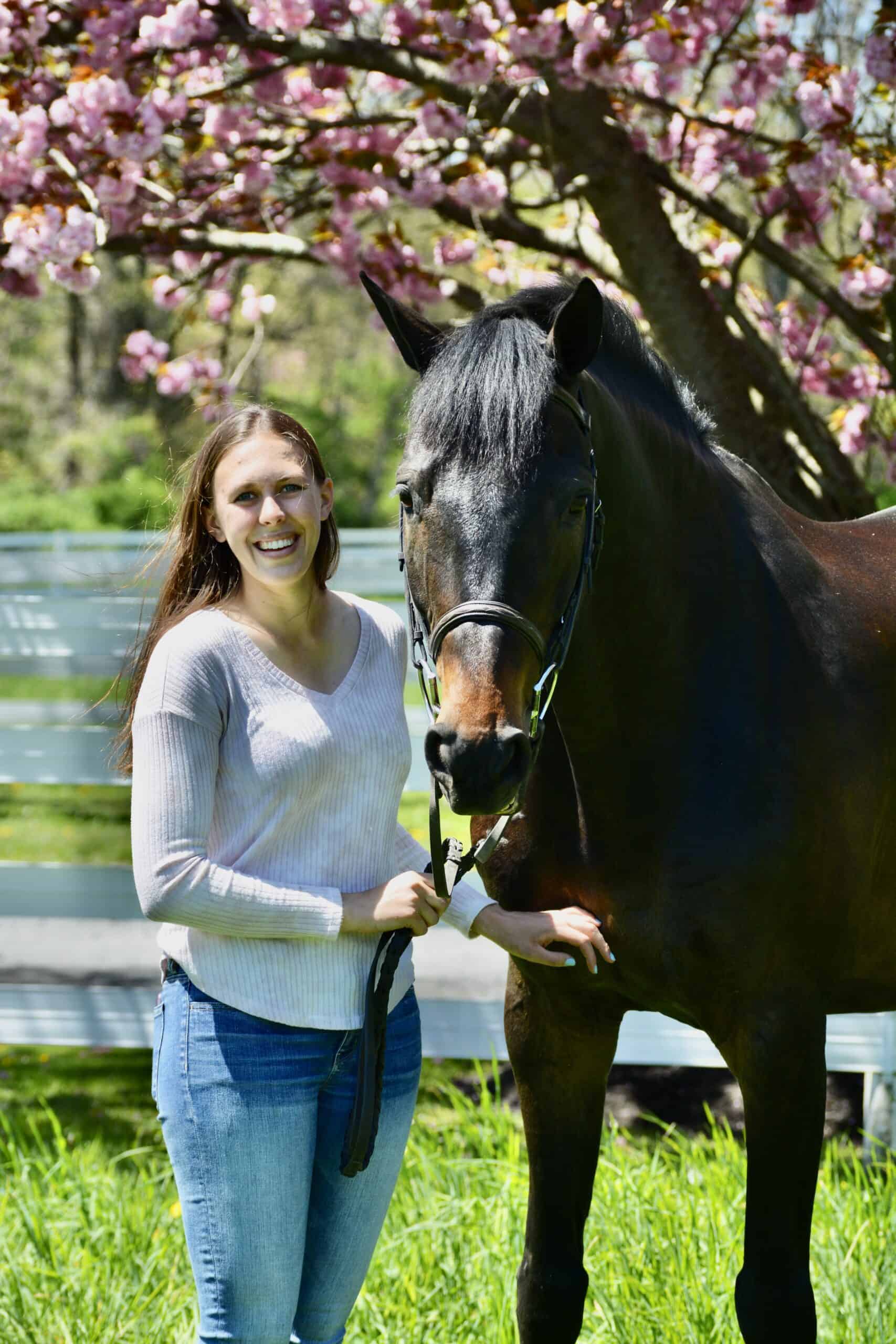Alfalfa Cubes Potentially Contaminated with Botulism Toxin

On Nov. 12, Top of The Rockies Horse Cubes, produced by Manzanola Feeds, released a statement to its customers asking that they discontinue feeding any alfalfa cubes dated Nov. 11-14, 2022, due to possible contamination that resulted in at least 15 horses from Louisiana, New Mexico, Oklahoma, and Texas contracting what veterinarians believe to be botulism. Ten horses were euthanized due to their rapidly declining condition, two died within two days of showing clinical signs, and two are being treated. The condition of the fifteenth horse is not known.
The company stated it has sent its alfalfa cubes for testing at Colorado State University, University of California, Davis, and the United States Department of Agriculture laboratories in Ames, Iowa. Samples of round hay bales, various feeds, and drinking water consumed by the sick horses have also been sent for testing.
The alfalfa cubes are suspected to have been contaminated with the bacterial toxins that cause botulism via animal carcasses. A statement released by Hagyard Equine Medical Institute, in Lexington, Kentucky, said, “Botulism is a neuromuscular disease characterized by flaccid paralysis that is caused by neurotoxins, produced by strains of Clostridium botulinum.” Horses with botulism initially present with difficulty swallowing, excessive salivation, weak eyelid and tail tone, and exercise intolerance. Onset and rate of progression vary based on the amount of the toxin absorbed, said the Hagyard statement, but those with severe progression of the disease typically die from respiratory paralysis and cardiac failure.

Nathan Slovis, DVM, Dipl. ACVIM, CHT, a Hagyard Equine Medical Institute veterinarian who’s consulting on the case, said “As soon as you have clinical signs suggestive of botulism, hit the pause button with what you feed- hay, grain, cubes. Remove any potential source that could be ingested.” Once potential sources have been removed, he said owners should contact their local agriculture or field extension department for help testing water and feed and checking pastures and bedding for anything that could be toxic to horses.
Not many definitive tests exist for botulism. Veterinarians can use polymerase chain reaction (PCR) testing; however, it can only identify the organism associated with botulism, not the toxin itself. Mouse bioassay testing is the only test that can identify the toxin, said Slovis. With this test, mice are injected with samples from sick horses, and if the botulinum toxin is present the mice will show signs of disease within one to five days. Slovis noted this test can be difficult to use because horses are often more susceptible to the toxin than mice, which might not always show signs.

Written by:
Haylie Kerstetter
Related Articles
Stay on top of the most recent Horse Health news with















